Overview
The Gray Factor is a genetic mutation that modifies the body color of a budgie. In some birds, it slightly alters the base color, while in others, it can completely override it. The change is most noticeable in blue series budgies, where the mutation transforms the plumage from blue to a gray or steel-blue tone. In green series birds, the effect is far less distinct and can easily be confused with darker green shades caused by other genes.
Appearance in Blue Series Budgies
In blue series budgies, the gray factor produces a clear visual difference. The normally vibrant blue body color becomes replaced or heavily muted by a gray tone, sometimes still showing a faint bluish tint underneath. This occurs because the gray factor directly influences the expression of the body pigment.
Another reliable way to identify this mutation is by examining the cheek patches. In gray budgies, the patches appear duller and less vivid compared to normal blue birds. Instead of the bright violet or deep blue typical of the blue series, they display a more subdued, steel-blue or muted violet shade. This results in a softer contrast between the cheek patches and the facial area.
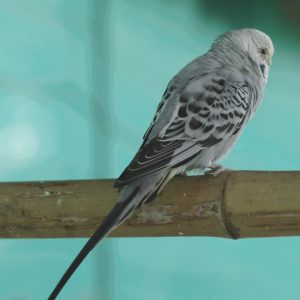
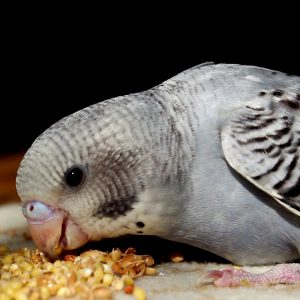
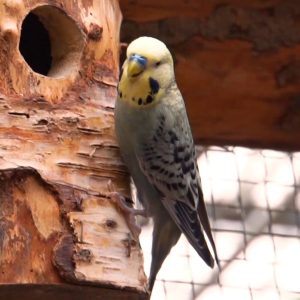
Appearance in Green Series Budgies
In green series budgies, the gray factor is much more difficult to detect. It darkens the green slightly, often creating a visual effect similar to that of the dark factor, which produces olive-colored budgerigars. Because of this similarity, gray greens are frequently mistaken for olives.
In certain cases, the presence of additional mutations, such as the dilution gene, can make the gray factor easier to recognize. For instance, a light green budgerigar with both the dilution gene and the gray factor may show a noticeable gray tone. However, when the gray factor acts on a normal green bird, it is almost impossible to identify visually without genetic information about the parents.
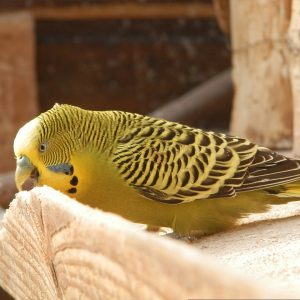
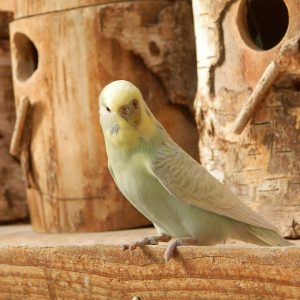
Genetic Basis
The gray factor is controlled by a dominant gene, symbolized by the capital letter G. A budgerigar that carries even one copy of this gene will express the gray factor in its coloration. The absence of the gene is represented by the lowercase g.
This results in the following:
-
GG and Gg budgerigars will appear gray
-
gg budgerigars will not display the gray factor
Punnett Square Examples
Example 1: Gray (Gg) × Normal (gg)
| g | g | |
|---|---|---|
| G | Gg (Gray) | Gg (Gray) |
| g | gg (Normal) | gg (Normal) |
Result:
50% Gray
50% Normal
Example 2: Gray (Gg) × Gray (Gg)
| G | g | |
|---|---|---|
| G | GG (Gray) | Gg (Gray) |
| g | Gg (Gray) | gg (Normal) |
Result:
75% Gray
25% Normal
Identification Tips
-
Observe for a duller or grayish tone replacing or muting the base color.
-
Check the cheek patches for a steel-blue or muted violet appearance.
-
In green birds, rely on breeding records rather than appearance alone, as visual identification is often unreliable.
Summary
The gray factor is a dominant mutation that modifies a budgerigar’s body color, producing gray or gray-green tones depending on the base color. It is most prominent in blue series birds, where it creates a striking gray plumage and duller cheek patches. In green series birds, it is subtle and often mistaken for the dark factor. Genetically, a single copy of the gray gene is enough for expression, making it one of the simpler dominant mutations in budgies.
